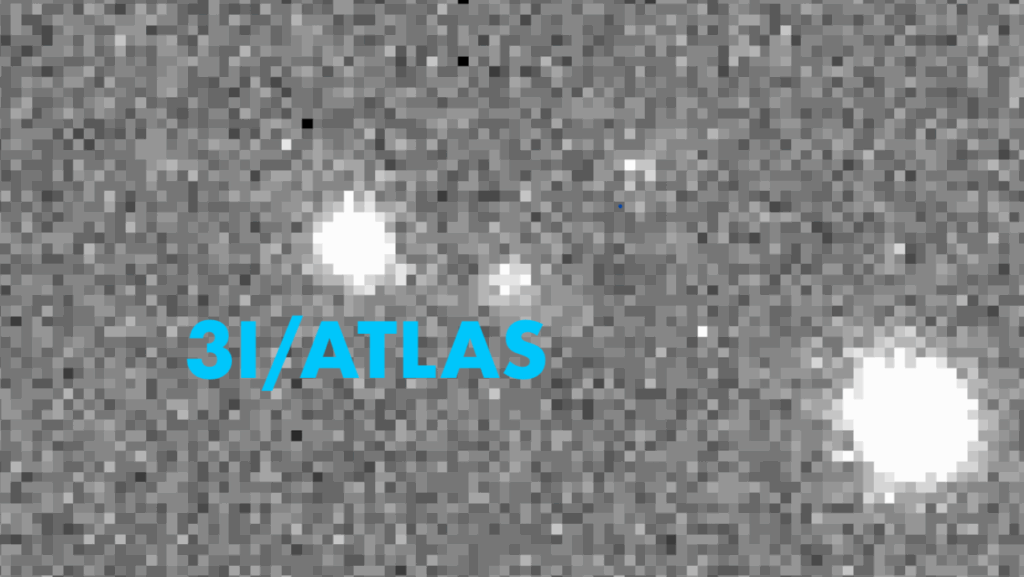Alternative Solvents For Life: Framework For Evaluation, Current Status And Future Research

Life is a complex, dynamic chemical system that requires a dense fluid solvent in which to take place. A common assumption is that the most likely solvent for life is liquid water, and some researchers argue that water is the only plausible solvent.
However a persistent theme in astrobiological research postulates that other liquids might be cosmically common, and could be solvents for the chemistry of life. In this paper we present a new framework for the analysis of candidate solvents for life, and deploy this framework to review substances that have been suggested as solvent candidates.
Our approach addresses all the requirements for a solvent, not just single chemical properties, and does so semi-quantitatively. Only the protonating solvents fulfil all the chemical requirements to be a solvent for life, and of those only water and concentrated sulfuric acid are also likely to be abundant in a rocky planetary context.
Among the non-protonating solvents liquid CO2 stands out as a planetary solvent, and its potential as a solvent for life should be explored.
We conclude with a discussion of whether it is possible for a biochemistry to change solvents, as an adaptation to radical changes in a planet’s environment. Our analysis provides the basis for prioritizing future experimental work exploring potential complex chemistry on other planets.
William Bains, Janusz J. Petkowski, Sara Seager
Comments: Submitted to Astrobiology
Subjects: Earth and Planetary Astrophysics (astro-ph.EP)
Cite as: arXiv:2401.07296 [astro-ph.EP] (or arXiv:2401.07296v1 [astro-ph.EP] for this version)
https://doi.org/10.48550/arXiv.2401.07296
Focus to learn more
Submission history
From: Janusz Petkowski
[v1] Sun, 14 Jan 2024 14:09:05 UTC (1,259 KB)
https://arxiv.org/abs/2401.07296
Astrobiology








